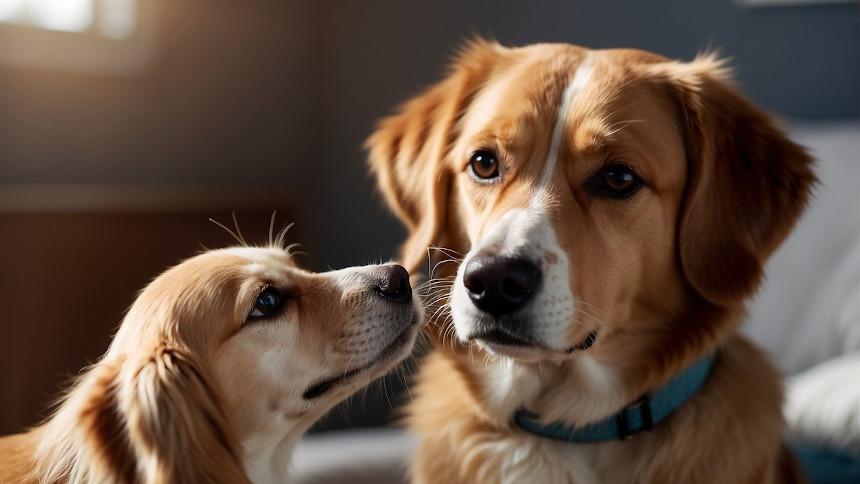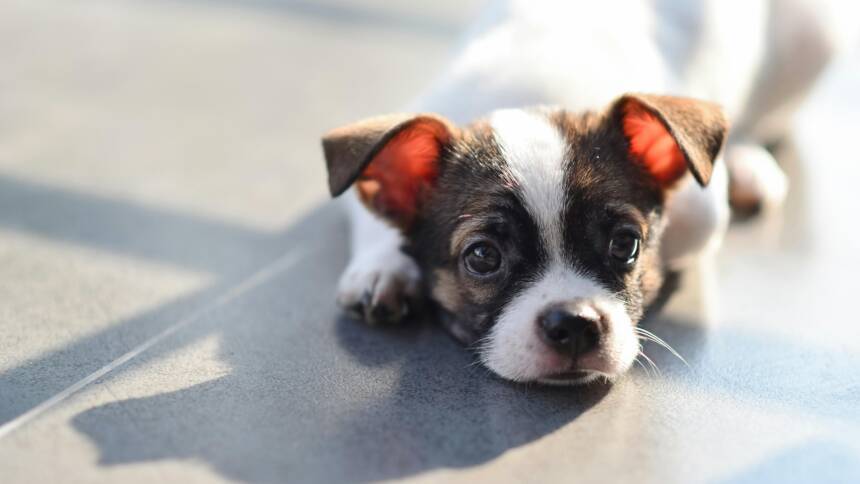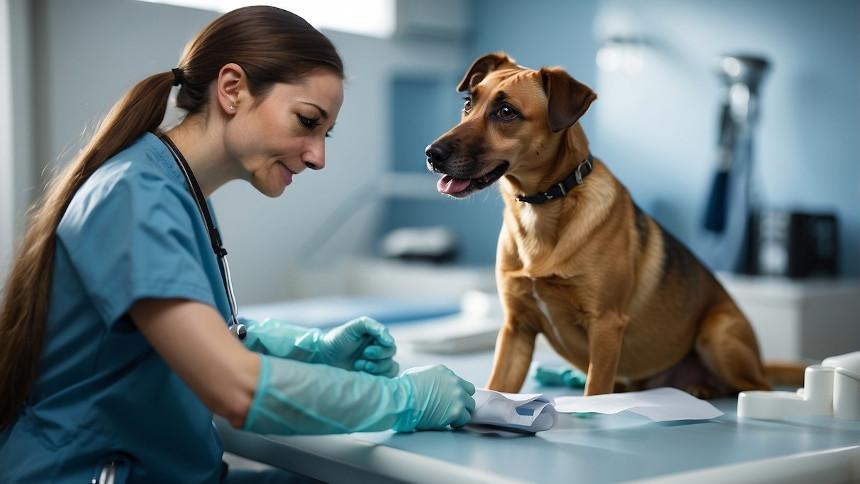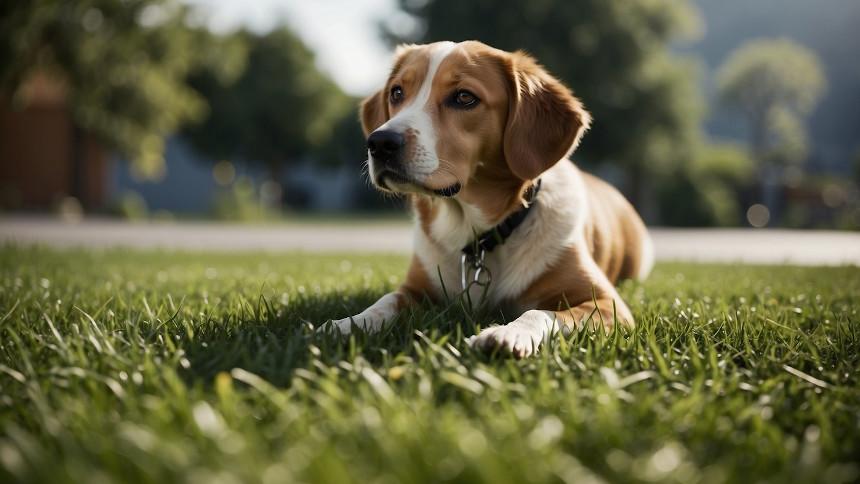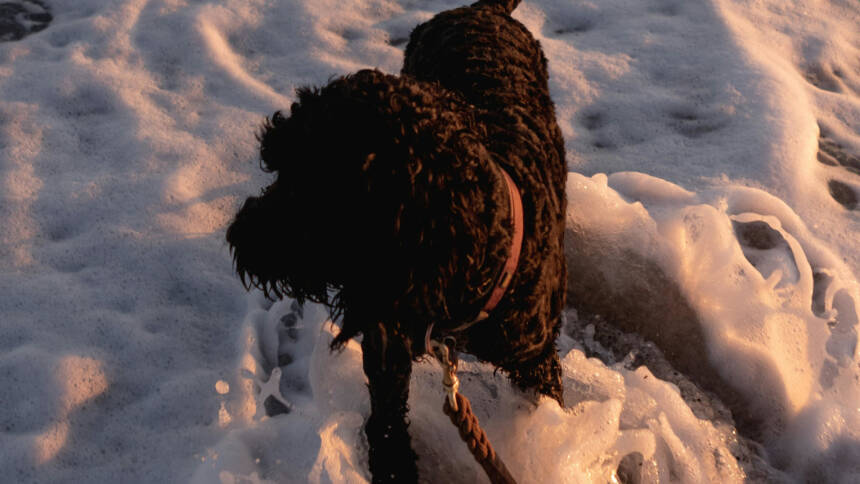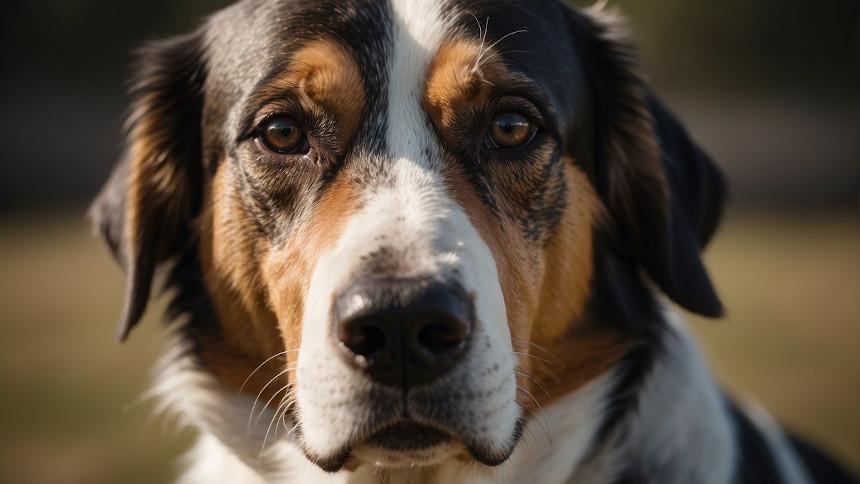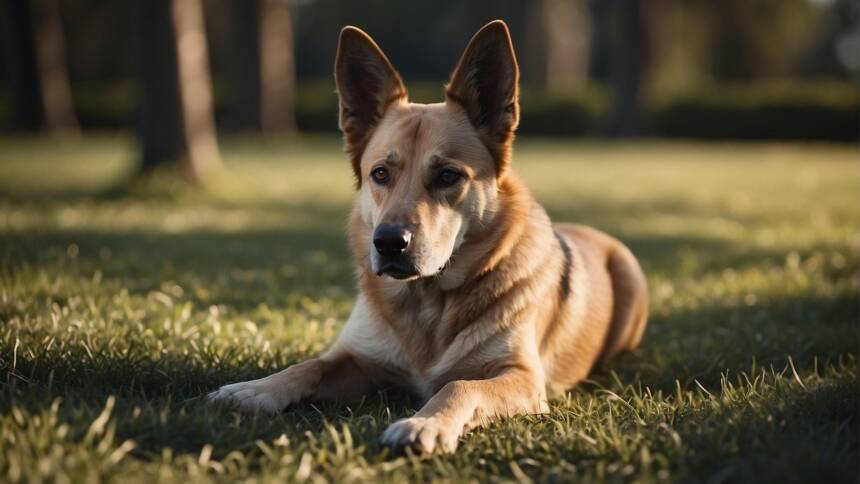Dog owners often notice their pets experiencing a common issue: the formation of eye discharge commonly referred to as “eye boogers.” This discharge can range from a clear, watery fluid to a thicker, more mucus-like consistency. While eye boogers can be a normal occurrence, resulting from the natural process of the eye removing debris and waste, there are times when the presence of eye boogers can signal an underlying health concern.
Tear staining, a related issue, is the brown or reddish discoloration that occurs mainly in lighter-colored dogs. It’s typically seen below the inner corner of the eye where tears and residue accumulate. These stains are more cosmetic in nature but can be indicative of excessive tear production, known as epiphora. Certain breeds are more predisposed to tear staining due to the structure of their eyes and face.
Regular grooming and cleaning can help prevent the buildup of eye discharge and minimize tear staining. However, it is important for dog owners to monitor the type and amount of eye boogers their pets produce. Changes in the eye’s appearance, an increase in discharge, or signs of discomfort are cues that the dog should be examined by a veterinarian. This attention to eye health helps maintain the overall well-being of dogs, ensuring any potential issues are addressed promptly.
Understanding Eye Boogers in Dogs
Eye boogers in dogs are a common occurrence and typically consist of tears, mucus, and debris. It’s important to distinguish between normal discharge and signs that may indicate a problem.
Causes of Eye Discharge
The primary causes of eye discharge in dogs vary from benign conditions to more serious health concerns. Normal eye boogers are usually a combination of tears and mucus that collect debris like dust or dander. However, factors that contribute to more severe discharge include:
- Allergies: Can lead to increased tear production and inflammation.
- Infection: Bacterial or viral infections can cause yellow or green pus-like discharge.
- Blocked tear ducts: If tear ducts are obstructed, tears do not drain properly and may lead to excessive discharge.
Types of Eye Boogers
Depending on the underlying cause, the composition and appearance of eye boogers may differ:
- Watery Discharge: Often associated with allergies or irritants.
- Crusty Boogers: Commonly form overnight, made up mostly of dried tears and mucus.
- Sticky Boogers: May imply an infection if accompanied by a change in color or consistency.
- Gooey Discharge: Can be a sign of conjunctivitis or other types of inflammation.
Assessing Severity
When assessing the severity of eye boogers in dogs, owners should consider:
- Consistency and Color: Changes in the discharge’s nature could indicate more serious conditions.
- Frequency: An increase in the formation of boogers, especially with changes in color or texture, warrants veterinary attention.
- Associated Symptoms: Concurrent signs such as redness, discomfort, or behavior changes suggest the dog should be examined by a veterinarian.
By understanding the causes, types, and severity, owners can ensure the health and comfort of their canine companions regarding eye boogers.
Common Eye Conditions in Dogs
When discussing eye boogers in dogs, it’s important to understand the underlying conditions that may cause them. Issues ranging from infections to tear production abnormalities can manifest as ocular discharge, commonly referred to as eye boogers, and indicate different health concerns.
Conjunctivitis and Other Infections
Conjunctivitis, also known as “pink eye,” is an inflammation of the eye’s conjunctiva, often resulting in redness, swelling, and discharge that may appear as eye boogers. Dogs can also suffer from other infections of the eye which may lead to similar symptoms including persistent ocular discharge.
Key points about conjunctivitis and infections:
- Symptoms: Redness, discharge, swelling
- Common causes: Bacterial, viral, or fungal agents; allergens; irritants
- Treatment: Often involves antibiotics or antifungal medications, depending on the cause
Dry Eyes and Related Issues
Keratoconjunctivitis Sicca (KCS), known as “dry eye,” is a condition where a dog’s tear glands fail to produce enough tears, leading to irritation and often thick, sticky discharge. Dry eye can result in more than just discomfort, including corneal ulcers, which are painful sores on the surface of the eye.
Key points about dry eyes and related issues:
- Symptoms: Thick discharge, discomfort, potential for corneal ulcers
- Common causes: Autoimmune diseases, drug side effects, tear duct issues
- Treatment: Artificial tears, medications to stimulate tear production, surgery in severe cases
Physical Abnormalities Leading to Eye Boogers
Certain physical abnormalities can cause excessive ocular discharge or eye boogers in dogs. Entropion, a condition where the eyelid folds inward, can irritate the cornea and lead to boogers. Malfunctioning or blocked tear ducts also contribute to abnormal discharge as tears are not drained normally and may accumulate as boogers.
Key facts about physical abnormalities:
- Symptoms: Excessive discharge, irritation, possible corneal damage
- Common causes: Genetic predisposition, injuries, or previous infections
- Treatment: Surgical correction for entropion, tear duct probing or flushing for duct issues
Prevention and Home Care
Effective prevention and home care for dog eye boogers involves regular maintenance and being mindful of the environment. It’s crucial to incorporate routine cleaning and be vigilant about the elements dogs are exposed to.
Routine Cleaning and Grooming
Regular grooming is essential to prevent the buildup of eye discharge in dogs. Owners should perform the following steps:
- Daily Cleaning: Using a clean, damp cloth or cotton balls soaked in warm water, gently wipe away any discharge collected in the corners of the dog’s eyes.
- Eye Wash: Apply a vet-recommended eye wash or saline solution to flush out debris. This can be particularly helpful if the dog has been outside or in a dusty environment.
Owners must use soft, smooth gestures to avoid irritating the dog’s eyes and always use products specifically designed for canine ocular use.
Environment and Exposure
Limiting a dog’s exposure to potential irritants can greatly reduce the occurrence of eye discharge. Here are key strategies:
- Allergens: Keep common irritants like dust, pollen, and smoke away from areas where the dog spends most of its time.
- Cleaning Products: Avoid using strong chemicals near the dog’s resting areas. Opt for pet-friendly cleaning solutions instead.
Being proactive in creating a clean, safe environment for dogs will help keep their eyes healthy and free of excessive discharge.
When to Consult a Veterinarian
Dog owners should monitor their pet’s eye health and be aware of symptoms that require veterinary attention. Recognizing abnormal signs and understanding potential diagnostic procedures and treatments can help ensure timely care for canine eye conditions.
Recognizing Abnormal Signs
Symptoms that warrant a visit to the veterinarian include:
- Discharge Color and Consistency: A change to green or yellow eye boogers, which could indicate a corneal infection.
- Frequency and Volume: An increase in the amount of discharge or a sudden change in frequency, particularly if it’s abnormal for the dog.
- Associated Behaviors: If the dog exhibits painful responses, such as rubbing the eyes, squinting, or avoidance of light.
- Physical Changes in the Eye: Redness, swelling, or changes in the eye’s appearance should be evaluated by a professional.
Diagnostic Procedures and Treatments
A veterinarian may conduct several diagnostic procedures to identify the cause of abnormal eye discharge in dogs. These may include, but are not limited to:
- Physical Examination: Initial assessment may involve a detailed examination of the eyes and surrounding tissues.
- Testing: Specific tests such as a tear production test or corneal staining might be performed to diagnose conditions like dry eye or corneal ulcers.
- Medical Imaging: In some cases, advanced imaging (e.g., ultrasound or x-ray) is necessary to check for underlying issues.
The course of treatment typically depends on the diagnosis and can include:
- Medication: Eye drops or ointments containing antibiotics or anti-inflammatories to treat infections or inflammation.
- Surgery: In severe cases or if there is a physical anomaly, surgical intervention may be required.
- Home Care: Instructions on routine eye cleaning or the administration of prescribed treatments at home.
Breed-Specific Considerations
Certain dog breeds have unique anatomical structures and genetic predispositions that can influence the frequency and type of eye discharge, or “boogers,” they may develop. For brachycephalic breeds, their facial shape often leads to distinctive eye issues, while other breeds may be particularly prone to tear stains.
Brachycephalic Breeds and Eye Issues
Brachycephalic breeds, such as Pugs and Pekingese, are characterized by their short noses and flat faces. This architecture can cause issues with tear drainage, as the anatomy of their tear ducts may not efficiently channel tears away from the eyes. Commonly, these breeds experience an accumulation of moisture beneath the eyes, leading to more noticeable eye discharge.
- Pugs and Pekingese: These brachycephalic breeds often require regular cleaning of the eye area to remove excess discharge and prevent potential irritation or infection.
Managing Tear Stains in Specific Breeds
In some breeds, the presence of tear stains on the fur beneath the eyes is a telltale sign of excessive tearing. These reddish-brown streaks are notably visible in breeds with light-colored coats.
- Breed Examples with Common Tear Stain Issues:
- Maltese
- Shih Tzu
- Bichon Frise
- Poodles
Management of tear stains typically involves routine grooming and cleaning of the affected area. Additionally, some breeds may benefit from dietary changes or the use of filtered water to reduce the risk of tear stains.
